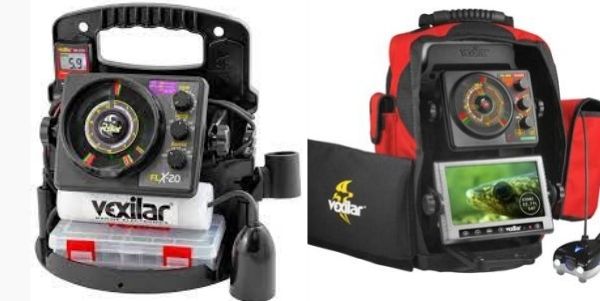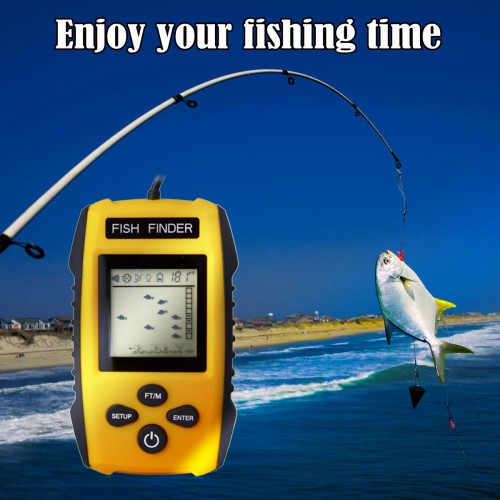Last updated on February 14th, 2024 at 01:39 pm
Last updated on February 14th, 2024
Ice fishing can be a bit challenging especially if you do not have the right equipment for the job. Locating the fish under the crust of ice can force you to drill several holes trying to find fish and most of the time you will end up empty-handed. This is why you need a vexilar flasher to make the work easier for you.
What is a vexilar flasher?
This is equipment that is used to locate fish in waters beneath the ice. It uses sound waves to detect fish movement underwater, and this is indicated on the screen of the flasher. The waves are sent transmitted from a transducer, and the movement is flashed on the screen.
This way, you will be able to drill holes precisely where the fish are under the layer of ice. This, therefore, ensures that you avoid the trial-and-error method, where you drill without being sure whether there are fish underneath.
How to set up the vexilar
When going to fish using the vexilar flasher, you must ensure it is fully charged. You would want your fishing activity to be cut short when you are miles away from home. When you reach the position where you want to fish, drill a hole on the ice.
Place the flasher next to the drilled hole, after which you insert your transducer inside it. The transducer is bell-shaped. It has a Styrofoam sleeve on its cord which is useful for setting the depth of the bell. Place the bell into the waters below, and carefully slide it beneath the ice. If you are not using a Styrofoam sleeve, you can have a slip knot, which will maintain the bell’s desired depth.
How do you read the vexilar?
Setting up your vexilar on the ice is a great start, but if you want to advance your ice game, then you have to know what the readings on the flasher mean. The vexilar will display different features such as fish, your lure, any cover present, and the bottom of the water surface where you are fishing such as the lake.
The color displayed is vital in determining the size of the object detected by your sonar. For instance, green indicates a small object, yellow or orange indicates medium-sized objects, and red is for large objects. After dropping the transducer into the hole, you will see a big bar of red which will indicate the bottom of the lake.
Green can mean vegetation or weeds. Yellow and red lines that appear just above the big bar of reed typically mean that they are fish. In this way, you will have an easy time pinpointing where fish are located under the ice.
Conclusion
It is important to know what is happening under the water especially when ice fishing. You will need to work on the flasher to get hands-on experience with its functionalities, and this will only make you a better fisherman. You will never want to walk into the ice to fish as the vexilar flasher makes the job easier and that much more fun.





